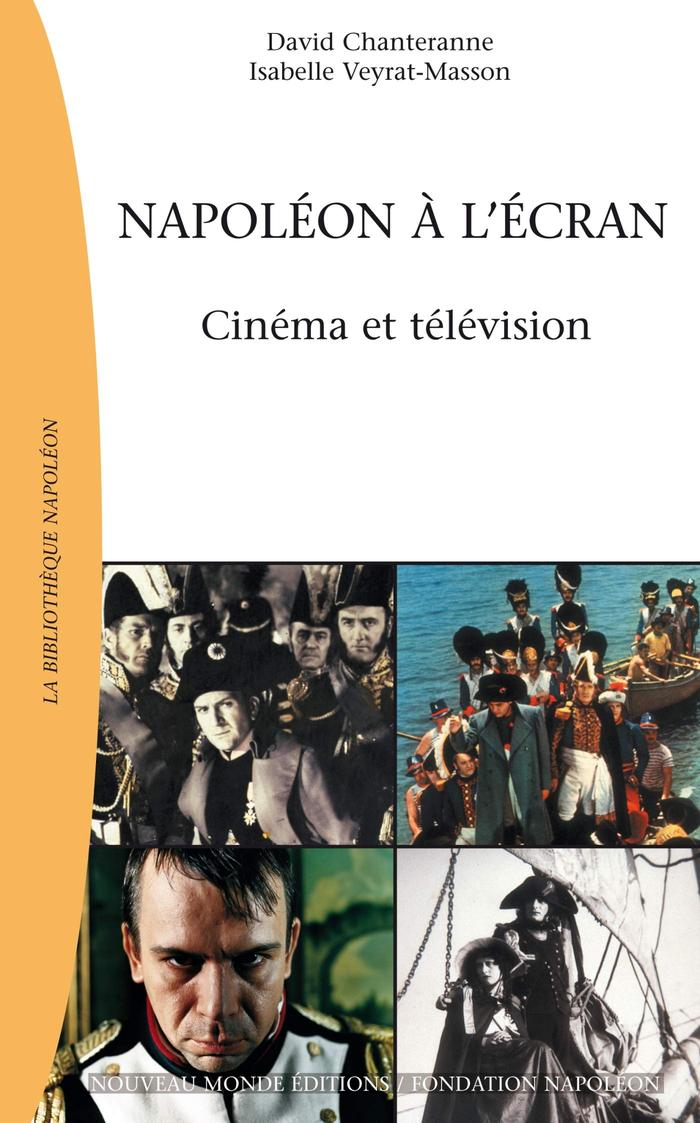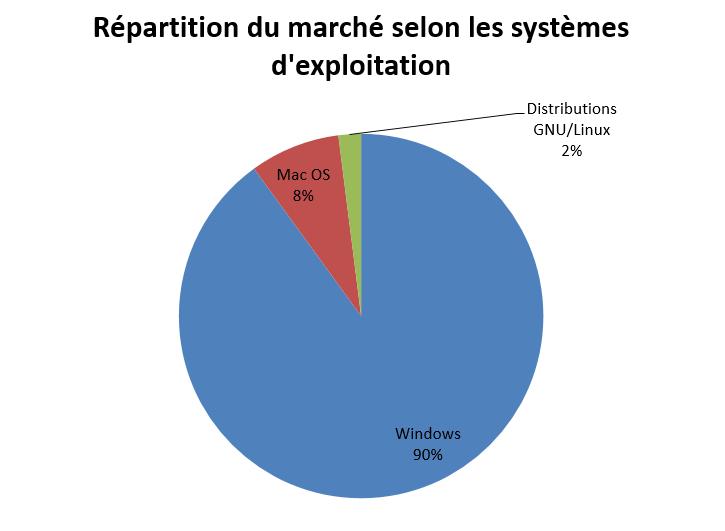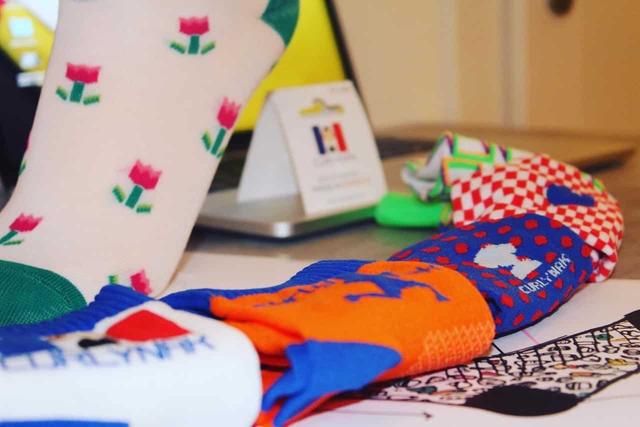Napoleon on screen
By Gérard-Michel Thermeau.
On the occasion of the 250th anniversary, celebrated very discreetly, let's note, the birth of Napoleon, here is a little overview of his performers on large and small screen.More than 75,000 pounds and some 1,000 films, TV movies or series stage the French emperor.His personality fascinates everyone, including the English, who still don't come back to have defeated him.Even the Americans have heard of the famous Corsica, that is to say if it is known.
Almost as much as Jesus.
But let's say it, in most films, like Jesus elsewhere, Napoleon is only a secondary figure, even a silhouette, sometimes even as a shadow.
Napoleons for all tastes
Jean Tulard, combining the double cap of imperial historian and the cinema, was used to saying that it was enough to put his hand in the vest and to wear the famous bicorn.
He was not wrong.What's physically common between the beautiful dark Marlon Brando, the banal physique of a Charles Vanel, or this hallucinated actor that was Werner Krauss, the interpreter of Dr Caligari?
In a way, anyone can interpret Napoleon, including Pierre Mondy or "Monsieur everyone", or worse, the ridiculous Gérard Oury and Aldo Maccione.
In addition, we cannot confuse the narrow front of Bonaparte with the imperial side of Napoleon, hence the difficulty for the same actor to play the two characters.So there were a few bonaparte and a lot of Napoleon.Among the Bonaparte, the most astonishing was undoubtedly Patrice Chéreau in Adieu Bonaparte (1986) by Youssef Chahine.
But who can claim to have seen all the Napoleon of large and small screens since 1897?This journey is therefore completely subjective, including in his judgments on the interpreters, who assume their deep injustice.
The historical film is particularly dependent on history painting and Napoleonic films have not escaped it.Thus the famous coronation of David scrupulously reproduced in the Hollywood desire of 1954: it is true that the cinemascope lent itself there.A remark in passing: as much the splendor of the uniforms of the imperial army brightly stands out in the cinema, as much the clothes of the coronation leave an impression, let's say, more mixed.The masquerade is not far away ...
Light brothers in Hitler
Mute cinema staged Corsica from Lumière but most of the films, in short format, of the period before 1914 are hardly more than names in books.Let us note an assassination of the Duke of Enghien by Albert Capellani who was to be the great filmmaker of Pathé in the beginnings of the 1910s. After the Great War, some films left more traces.An Austrian film, the young Médard (1923) had marked me in my young years: he mentioned the question of tyrannicide.
The Second World War saw the fight against Napoleon serving the propaganda of the two major adversary totalitarian regimes.The Koutouzov (1944) by Vladimir Petrov was a particularly appreciated film of Stalin.I saw it a long time ago.I remember a sequence, in the end, where the marshals argue to find out what had been the main fault committed in the Russian campaign.Everyone gives their opinion, strongly motivated, we should not have done this or that, and, finally, Napoleon says or almost: "No, our fault was to invade Russia".
The following year Kolberg of Veit Harlan, a big color Nazi production, had to stimulate popular enthusiasm somewhat cooled by the approach of Soviets.Napoleon, who was speaking in French in the great style of the Comédie-Française, came to meditate on the tomb of Grand Frédéric.
Albert Dieudonné for Abel Gance
In the eyes of many admirers of the Empire, Albert Dieudonné is the benchmark interpreter because of his participation in the "masterpiece" of Abel Gance.This 1927 Napoleon is in fact a bonaparte, the director was able to achieve only two of the eight episodes envisaged.The film follows the beginnings of the young Corsica in Brienne at the start for the Italian campaign.
A sound version reduced in 1934, with a very different construction, was to be carried out by Gance, taking advantage of the fact that he had given very precise dialogues to his characters in this silent film.
I had the opportunity to see in my childhood a third version, made in 1971, which used sequences with actors of the time like Henri Virlojeux.If we take into account the various attempts to reconstruct the original silent film, there are a good twenty versions of this film more acclaimed than viewed.
In the romantic vision of Gance, Napoleon embodies the spirit of the revolution, the providential leader who will make terrorist chaos a lasting work.We are close to the Hugolian spirit with an imaginary "Holy Trinity", Robespierre-Danton-Marat preparing on August ten and then facing the "storm" of the Convention.As Danton says, you need a chef, but the three "chefs" hate each other.This idea of the providential chief was in the air of the 1920s.

A little elderly, slightly closed but the sparkling eye, Albert Dieudonné, tormented Bonaparte, is in tune with the director's vision.His interpretation is quick to inspire the "religious feeling" mentioned by Stendhal in the 1934 version. "Our Napoleon-Father that your reign returns"!In the atmosphere of a finishing republic, the words made on the mediocrity of present times sounded strangely.
Austerlitz's very pale sun
The actor, in a delightful wink, played a operetta napoleon in the delicious Madame Sans-Gêne (1941) by Roger Richebé, giving the reply to the sparkling Maréchale Arletty and to the incomparable Fouché of Aimé Clarond.
Abel Gance had to realize late (1960), too late no doubt, a chiper austerlitz, confident the consular role and then imperial to the sympathetic Pierre Mondy.The legendary Bonaparte succeeds the Napoleon seen by his valet.The reconstruction of the famous battle, which uses and abuses decorations of cardboard, singularly lacks in epic breath.And then we don't understand much, with these images a hundred times seen in European adventure films of the time, yougoslav rider galloping in all directions.Hence heavy explanations given by a juvenile Trintignant to a Napoleon who was to have a low view.
For the rest, the film, taking up the process of the Guitry last way, offers a parade of popular actors of the time: Jean Marais, Martine Carol, Elvire Popesco, Georges Marchal, Vittorio de Sica, Claudia Cardinale, Leslie Caron, MichelSimon, Jack Palance and the inevitable Orson Welles.Which did not prevent this big production from making a flop, well deserved it must be said.
When Napoleon meets Bonaparte…
In contrast to Gance, Napoleon found a much more critical admirer in Sacha Guitry who stages him in several of his films.Let's go back the Champs Élysées (1938) sees the singular meeting of the defeated emperor and General Bonaparte in the fog of the famous avenue.
Surprised Napoleon exclaims: "It was me this young man!"And Bonaparte retorts to him:" So this big man is me!».The general who wants to be republican is indignant: "When one thinks of the pain that I gave myself to make a name for myself and that as soon as I got there, you wanted to make a first name!"Finally, the emperor asks:" What if it had to be done again?"The response springs light up:" Oh!Not for an empire!»»
Émile Drain, accustomed to the role, had to face Talleyrand-Guitry in the Boit: 1948).Needless to say, in these verbal exchanges, the Prince of Bénévent had the last word.
Meanwhile, the master had in turn endorsed the imperial uniform in the fabulous novel by Désirée Clary (1942).Let's say it, Guitry was Guitry there and therefore very far from his character.The film is neither the most fabulous nor the best of its author but he takes up the famous Laroussian illustrated there a few years earlier: Bonaparte and Napoleon being two distinct characters are embodied by two actors who are neither close nor farAnd no more to their illustrious model.
Also, Guitry chooses to interrupt the film in the middle to ask Jean-Louis Barrault to give way to him: "And since General Bonaparte looks as little as possible to the Emperor Napoleon, Jean-Louis Barrault, you wantMake me the grace to give up your role to the author?»»
Sacha's Napoleon
After the lame devil, Guitry was to return to Napoleon one last time in a large production in two parts (1955).Raymond Pellegrin, an actor confined to the all-round of French post-war production, found the only spectacular role in his career.Usually, the master entrusted Bonaparte to an actor without physical resemblance to his model, in this case the kind Daniel Gélin.Taking up a bit of the process of the novel of a cheater, the passage from one actor to another is done at the hairdresser: once his long cut hair, the general feels an imperial corpulence.
As in Si Versailles was told to me, the film is a catalog of celebrities making a brief appearance: Jean Gabin (which has only one word but it is quite), Orson Welles, Erich von Stroheim (TA-TA-Ta-ta!), Danielle Darrieux, Jean-Pierre Aumont, Micheline Presle, Pierre Brassor, Yves Montand, Jean Marais and even Luis Mariano!Napoleon is seen there in a caustic and critical way by Talleyrand, the favorite historical figure of the director-author.As the production wanted battle scenes, which was not careful Guitry, Eugène Lourié, who had participated in the Napoleon of Gance, was to take care of the work.
War and peace
Tolstoy's novel inspired two famous films and many television mini-series, not to mention the parodic version of Woody Allen.The most spectacular and impressive adaptation was carried out by Sergei Bondartchouk in 1966. The reconstructions of Austerlitz and especially Borodino refer King Vidor and Abel Gance to the accessories store as their "battles" seem "cheap" in comparison.It is true that not everyone has the Soviet army under their hand to align extras do you want it here.
Napoleon, a threatening silhouette, a true god of war, repels with a shot contemptuous a ball that fell at his feet and then wanders in the empty corridors of the Kremlin.Paradoxically for Soviet production, the splendor of Orthodox religious art is opposed to the mediocrity of the despot statue carefully transported to Moscow.Should we see the triumph of the spirit or faith on brutal force?We think, despite ourselves, of Stalin's formula: "The Vatican?How many divisions?»»
Vidor's film, of ten years before, is not without interest in his painting by Napoleon.The choice of Herbert Lom is somewhat echoing with that of Pellegrin by Guitry.Accustomed to the role of "bad boy" and a shady "metic", the actor had not yet known the doubtful celebrity of being the commissioner Dreyfus of the pink panthers!The staging does not spare the autocrat who soliloquies and believes the world to whip.
Napoleon keyboard
More recently, Christian Clavier camped, in an ambitious television project (2002) the whole career of the prodigious conqueror, from the cannonade of Vendémiaire to the rocks of Sainte-Hélène.Less bad than you have said, but unconvincing, however, the comic actor does his best in this skillfully written mini-series, which cleverly condenses a considerable mass of events and characters.
The sequence of the coronation is interesting and makes it possible to understand why the famous painting of David represents the coronation of Joséphine and not that of Napoleon.This way of crowning yourself has something ... well, you see what I mean.
The battle sequences are, alas, a ridiculous finished and we must endure the comic television duo of the time, the ineffable Depardieu-Malkovitch in the hollow of their career, cache to which better-better by camping the two famous ministers Fouchéand Talleyrand.
Napoleon in Sainte-Hélène
Philippe Torreton is a more interesting Napoleon in the curious Monsieur N (2003) by Antoine de Caunes who offers us a rare reconstruction of the return of ashes.The confrontation with Hudson Lowe is very well rendered.However, the film thesis tends to reduce the mythical character to the dimensions of an ordinary man dreaming only of a small quiet life alongside Bobonne.We can remain skeptical about this idea of a Pantouflard Napoleon ending his life quietly far from Sainte-Hélène.
Also to report Roland Blanche, accustomed to "bad guys" such as Herbert Lom or Pellegrin, who plays Napoleon in exile, the only first role of his career, in the hostage of Europe (1989) by Jerzy Kawalerowicz.I saw this film, whose career was discreet, only once and a long time ago, but I have a rather positive memory.
Napoleon knows his waterloo
The first films on Waterloo seem to be Belgian (1911) and British (1913).Another Waterloo, in 1929, was to be German.No French film was specifically devoted to this battle, is it surprising?
On the American side, no doubt for the Anglo-Saxons, the interpreter par excellence of the great emperor is Rod Steiger.Assigned to all the tics and mannerisms of the "method", beating hands down the other cabin from the same school, a somewhat ridiculous Marlon Brando in Désirée, the actor does not do in lace.
He is the Napoleon of a very international Waterloo (1970), a typical relaxation film: Italian production, Soviet realization, essentially Anglo-Saxon distribution.Bondartchouk puts an end to the Napoleonic epic brushed in his war and peace.The realization is however wiser and academic.
Abandoned by his marshals at the start of the film, we find Napoleon at the beginning of the hundred days walking in Paris.Aging, hesitant, tired and sick, the emperor camped by Steiger no longer really believes in his star and lets himself be carried, on his return from the island of Elbe, by a delirious crowd that sings Ah that will go!and the Carmagnole.
The imperial army can spread its splendors in a final colorful spectacle.The accents of victory is ours, the drama is consumed in advance.Stacked in the mud, the emperor, who continues to be sorry, no longer has the brilliance or the necessary lucidity.Melancholic, he contemplates the medallion of the king of Rome.In contrast, Christopher Plummer encamps a real cartoon of the British Flegmatic British Gentleman and Sans-Rire pliers, drinking the stirrup before the fox hunt.
This grandiose spectacle with its thousands of extras undoubtedly offers us the most convincing image of a Napoleonic battle.Waterloo does not give us the most convincing portrait of Napoleon, whatever the Americans think.
And the winner is ...
So where should we look for?
Perhaps with a French actor in an American production, namely Charles Boyer in Marie Walewska (Conquest) by Clarence Brown, MGM production (1937).We are in Warsaw in 1807. A large ball was organized for Napoleon.The Poles hope for the independence of their homeland from the Russian winner.
Charles Boyer, with a rectified nose, the forehead decorated with the imperial wick, revealed the full extent of a talent too often confined to the roles of suave seducer with the velvet eye.For the only time in his career, Greta Garbo was overshadowed by his partner, that is to say.
The emperor, sitting on a throne, seems to pay no attention to the political words exchanged.Stilling his binocles, he fixes the kind silhouette of Marie Walewska and the guests move away to better allow the master to see the object of his desire.Nevertheless, he does not lose a word from the conversation and responds with relevance to his Polish interlocutors.
But we are at a ball.Everyone is set up for the quadrille, a suite of market dances whose heightdown and ceremonious appearance refers to the old regime.But Napoleon is neither man of the old regime nor man to follow the rules.These are the rules that must follow his will.So he does not let go of his partner's hand and forces everyone to follow him and walk with him!The emperor can be lovable, he gladly jokes, but he cannot bear to be resisted.Rarely in a film sequence will have been better made to feel all the aspects of the character's personality.
The rest of the film, partly shot in natural sets, remained faithful to the unusable formula of the loves of great men.The conqueror, too full of himself, would still be alone, predicted Marie Walewska.
To each his napoleon
Jean Tulard thinks, for his part, the greatest evil of the Napoleon of Charles Boyer and the greatest good of Pierre Mondy.Many French people lean for Albert Dieudonné and Americans for Steiger (except Brando admirers).Like what, everyone has their idea on the ideal Napoleon, and after all, it is very good.It is also proof that no actor has imposed himself in the role.
And we can always dream of the mythical Napoleon of Stanley Kubrick, one of those "ghost films" that haunt the history of cinema ...







